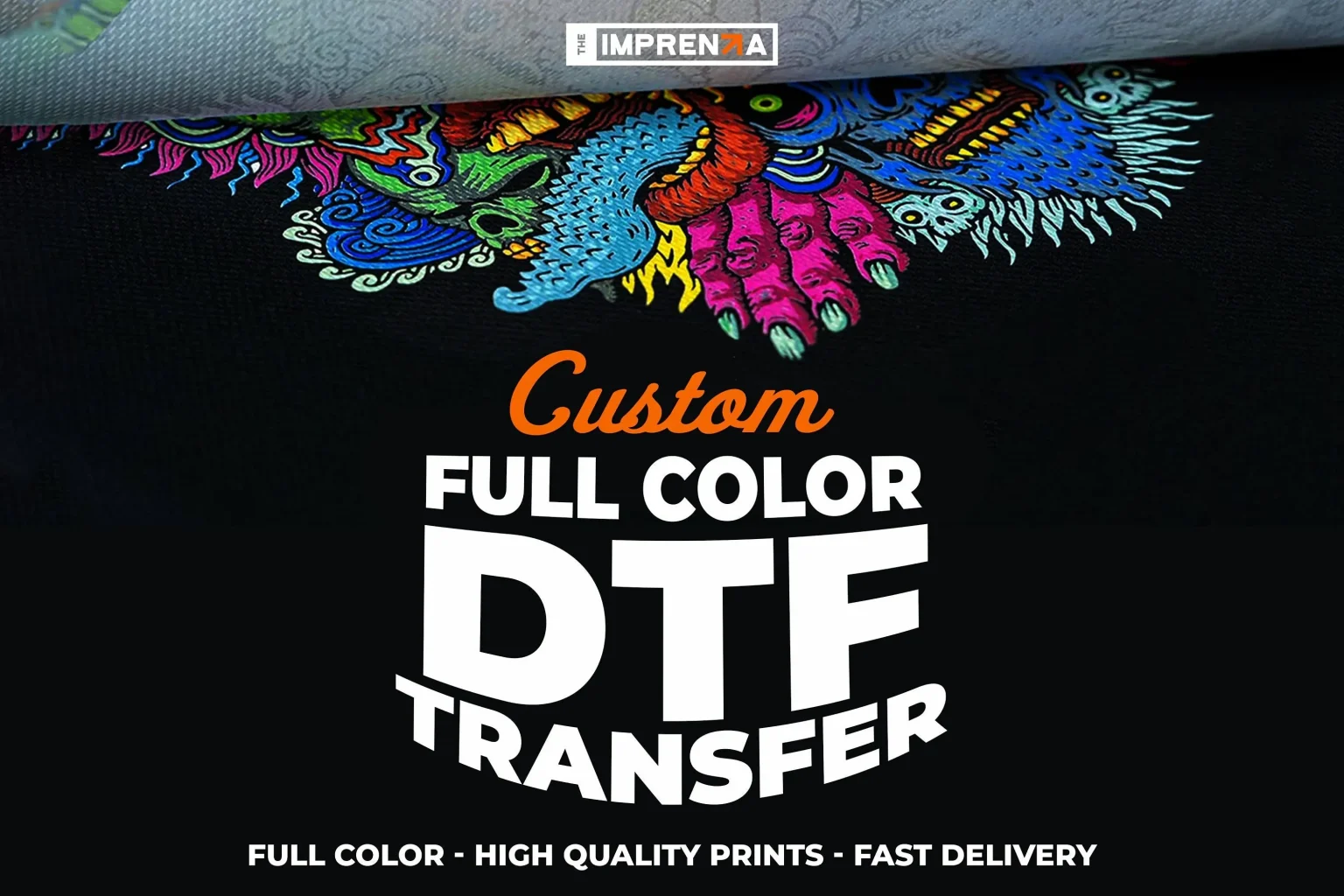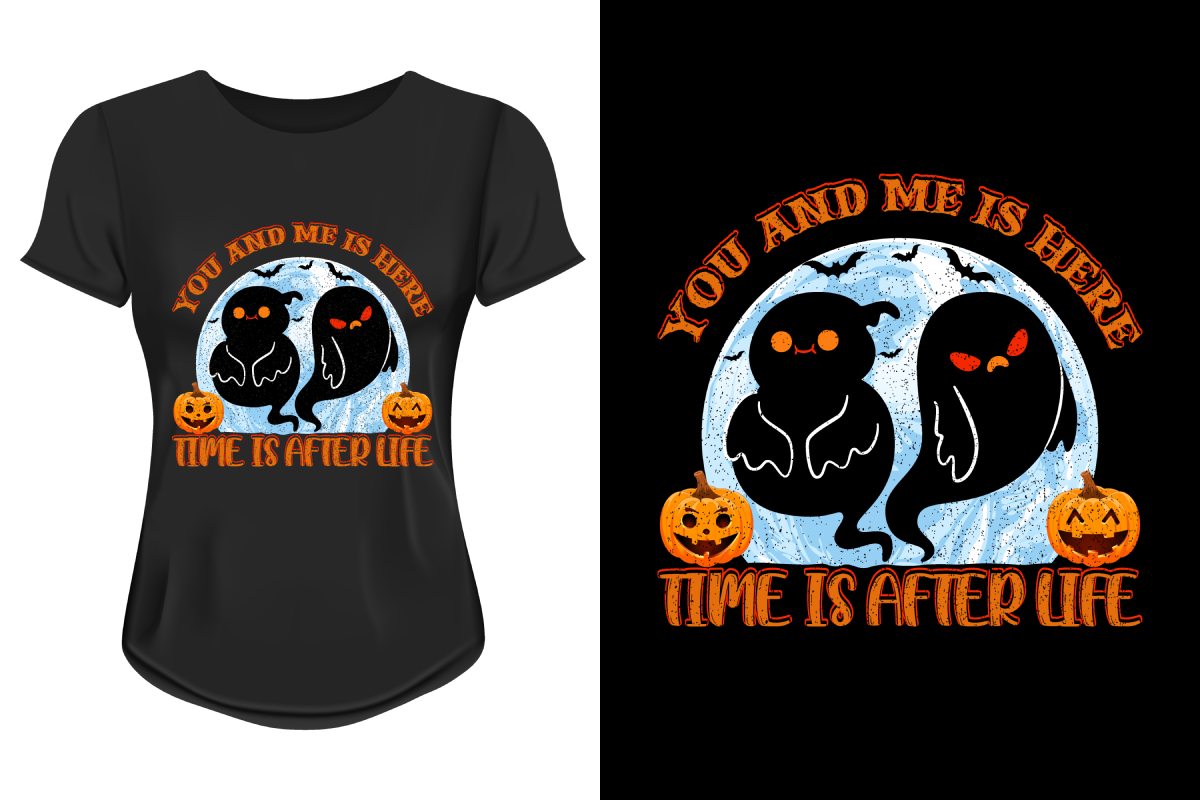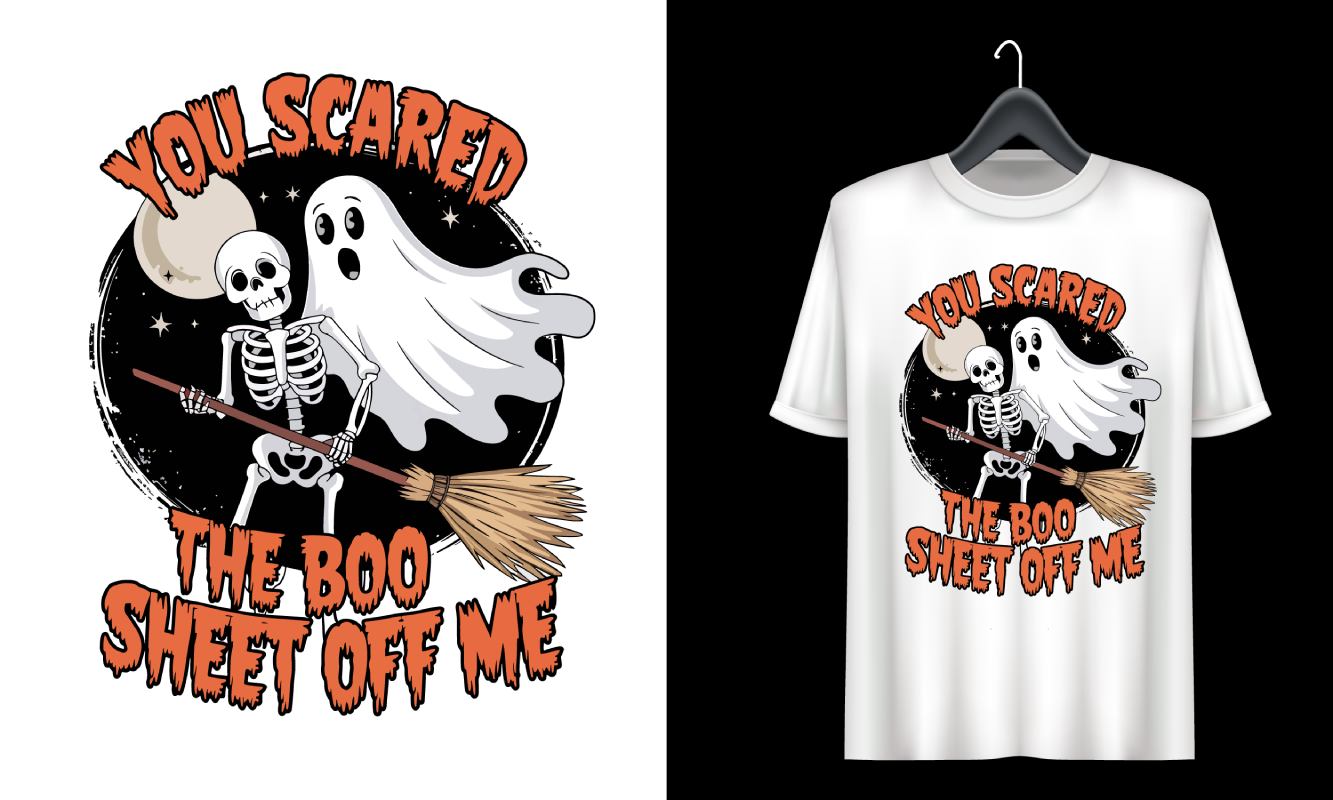DTF Transfers, or Direct-to-Film transfers, represent a groundbreaking advancement in the realm of custom garment printing. This innovative technique allows for the creation of vibrant and detailed designs on a variety of fabrics, making it an ideal option for print on demand services. With its affordability and efficiency, DTF transfers have become a favorite among small business owners and hobbyists looking to make their mark in the world of custom apparel. By transforming unique designs into wearable art through the DTF transfer process, creators can easily produce eye-catching garments that stand out. As the demand for personalized clothing continues to rise, understanding and utilizing DTF transfers becomes essential for anyone in the garment printing industry.
Direct-to-Film printing is an innovative method that enables printmakers to produce high-quality designs directly onto a transfer film, which is then applied to textiles. This process, often referred to as garment printing, has gained popularity due to its versatility and cost-effectiveness for custom apparel. Utilizing techniques like the DTF transfer process, users can create stunning, detailed designs that withstand the test of time on various fabric types. With rising trends in print-on-demand services, creators are embracing this forward-thinking approach, allowing them to bring their artistic visions to life while meeting consumer demand for personalized clothing. The fusion of technology and creativity makes Direct-to-Film printing an essential tool in the evolving landscape of custom garment production.
Understanding the Basics of DTF Transfers
DTF transfers, or Direct-to-Film transfers, provide a modern approach to garment printing. This technique involves printing designs onto a specialized film, which can later be transferred onto fabric using heat and pressure. The beauty of DTF lies in its ability to yield intricate and colorful designs that not only stand out on fabric but also adhere firmly across various materials. Whether you’re producing t-shirts, bags, or other wearables, grasping the fundamentals of DTF transfers is essential for successfully executing your custom apparel projects.
The process of DTF transfers begins with creating or selecting a high-resolution design, making it crucial to employ graphic design software for optimal results. Once the design is ready, it’s printed onto DTF transfer film using a specialized printer that utilizes water-based inks. This method creates vibrant prints that are flexible and durable, allowing for a wider variety of applications compared to traditional methods like screen printing.
Step-by-Step Guide to the DTF Transfer Process
Creating custom apparel with DTF transfers involves several key stages, starting with the design creation process. Using software like Adobe Illustrator, designers can craft images that are tailored specifically for DTF technology. After finalizing the design, the next step is printing it onto a DTF film. The high-resolution output is critical, as it sets the foundation for the quality of the final product.
Following the printing phase, a hot-melt adhesive powder is applied to the wet ink, which is essential for ensuring that the design properly adheres to the fabric later on. Once this step is complete, the film is cured using a heat source to activate the adhesive, making it ready for the transfer process. The combination of heat and pressure during the application phase is crucial for the longevity of the print on the garment, ensuring it holds up well after repeated washes.
Advantages of DTF Transfers for Custom Apparel
One of the most significant advantages of utilizing DTF transfers is their incredible versatility. This method works effectively on various fabric types, such as cotton, polyester, and blends. As a result, creators can easily apply DTF printing to a wide range of items, making it suitable for diverse applications from casual t-shirts to more sophisticated accessories. This adaptability is particularly advantageous for small businesses, allowing them to cater to multiple customer preferences.
Another standout benefit of DTF transfers is the vibrant colors produced through this method. The inks used in DTF printing are deeply absorbed into the fabric, resulting in striking hues that can enhance any design. This color fidelity is appealing to individuals and businesses alike, as vibrant designs tend to attract more attention and foster a stronger connection with customers looking for custom, high-quality prints.
Recent Innovations in DTF Printing Technology
The world of DTF printing is constantly evolving, with new technologies and materials emerging regularly. Manufacturers are developing faster printers equipped with advanced features that improve both the speed and quality of print outputs. These innovations enhance the printing process, allowing small businesses to increase production capabilities while maintaining high standards in print quality. As technology improves, DTF transfers consistently yield vibrant and durable results.
Additionally, there’s a growing trend towards eco-friendly DTF printing options. As sustainability becomes a priority across the textile industry, many manufacturers are shifting towards using environmentally responsible inks and powders. This transition not only benefits the planet but also appeals to a market increasingly interested in sustainable practices in custom apparel production.
Essential Equipment for DTF Printing
Investing in the right equipment is crucial for successful DTF printing. A specialized DTF printer that uses water-based inks is necessary for creating high-quality transfers. Additionally, having a reliable heat press machine is essential for the transfer process, as it evenly distributes heat and pressure to ensure strong adhesion between the design and the fabric. This equipment can range from beginner-friendly to professional-grade, depending on the scale of your printing projects.
Apart from these primary tools, other accessories such as curing ovens for powder adhesive activation and different types of DTF transfer films can enhance your printing experience. Selecting the right materials based on the desired finish and fabric type gives creators more flexibility in achieving their vision for custom apparel and helps ensure durability and longevity of each print.
Resources for Mastering DTF Transfers
For those interested in exploring DTF transfers further, there are numerous resources available that can help in mastering the technique. Online platforms offer a wealth of information, from detailed articles to instructional videos that guide beginners through each step of the DTF process. Blogs such as Printful and Merchmaker provide comprehensive insights, including best practices and troubleshooting tips for achieving the best results in DTF printing.
Additionally, YouTube is a treasure trove of visual tutorials that can demystify the DTF printing process for new users. Watching experienced professionals walk through the steps can be incredibly beneficial, enabling learners to grasp the nuances of equipment use, design preparation, and transfer application. These resources make it easier than ever for individuals and small business owners to successfully incorporate DTF printing into their custom apparel ventures.
Frequently Asked Questions
What are DTF Transfers and how do they differ from traditional printing methods?
DTF Transfers, or Direct-to-Film transfers, are a garment printing method where designs are printed onto a specialized film and then transferred onto fabric using heat and pressure. Unlike traditional methods like screen printing, DTF allows for more vibrant colors and detailed designs, making it ideal for custom apparel, especially for small production runs.
What is the DTF transfer process and what steps are involved?
The DTF transfer process involves several key steps: 1. Create a high-resolution design; 2. Print the design onto DTF transfer film using a specialized printer; 3. Apply a hot-melt adhesive to the wet ink; 4. Cure the film to activate the adhesive; 5. Transfer the film onto the garment using a heat press; and 6. Peel the film away, revealing a vibrant design embedded in the fabric.
What types of fabrics can DTF Transfers be used on?
DTF Transfers are versatile and can be applied to various fabric types, including cotton, polyester, and blends. This flexibility allows for a wide range of custom apparel designs, from t-shirts to bags, making DTF an excellent choice for garment printing.
Are DTF Transfers cost-effective for small businesses?
Yes, DTF Transfers are cost-effective, especially for small businesses and short production runs. Compared to traditional printing methods, DTF has lower setup costs, allowing entrepreneurs to create custom apparel without significant upfront investments.
What are the advantages of using DTF Transfers for custom apparel?
DTF Transfers offer numerous advantages, including vibrant color options, high detail in designs, cost-effectiveness for small runs, and the ability to print on multiple fabric types. Additionally, DTF printing is evolving with new eco-friendly inks and faster equipment, enhancing overall print quality and sustainability.
How can beginners learn to master the DTF transfer process?
Beginners can master the DTF transfer process through various resources such as online tutorials, webinars, and comprehensive guides on websites like Printful and Merchmaker. YouTube channels dedicated to garment printing also provide visual step-by-step instructions to help newcomers get started with DTF printing.
| Step | Description |
|---|---|
| 1. Design Creation | Create a high-resolution design using graphic design software. |
| 2. Printing on Film | Use a specialized DTF printer to print on transfer film with water-based inks. |
| 3. Powder Adhesive Application | Apply a hot-melt adhesive powder to the wet ink for effective transfer adhesion. |
| 4. Curing | Cure the film with heat to activate the adhesive and enhance durability. |
| 5. Transfer to Fabric | Use a heat press to transfer the design onto the garment with heat and pressure. |
| 6. Peeling and Finishing | Carefully peel the film to reveal the embedded design, with optional final treatments as needed. |
Summary
DTF transfers revolutionize garment customization by offering an efficient, versatile, and cost-effective printing method. This innovative technique utilizes specialized films and vibrant inks to create stunning designs on a variety of fabrics, making it an ideal solution for small businesses and hobbyists alike. As technology advances, the DTF transfer process becomes more accessible, providing newcomers with the tools and knowledge to master custom apparel creation. Whether you’re designing for personal use or launching a brand, DTF transfers unlock a world of creative potential in fabric printing.



